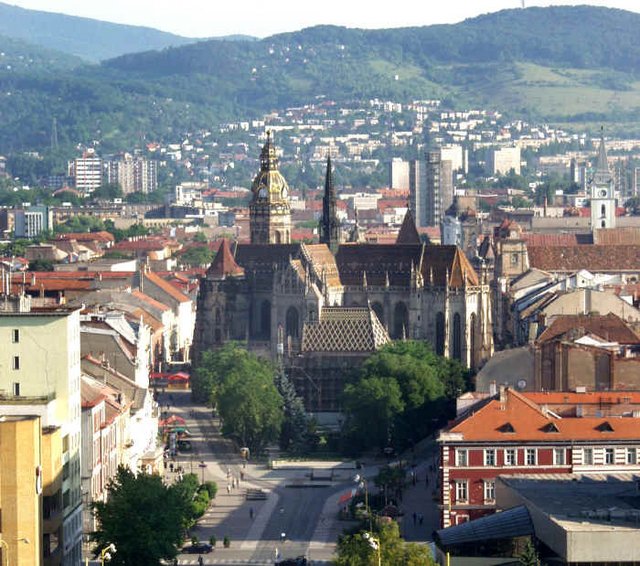

Slovakia is officially known as the Slovak Republic. It's people are Slovaks and its language is Slovak. Slovakia.org has a fabulous Slovakian Republic FAQ section which begins with a quote from G.W. in which he confusies Slovakia and Slovenia. The site also answers such pressing questions as the difference between Slovakia, Slovenia and Slavonia.
The Slovak Republic came into its own in 1993 when it peacefully separated from the Czech Republic. Throughout history Slovakia has been generally dominated by stronger political entities, however it has its own strong culture and national identity. Controlled in turn by the Hungarians, then the Ottoman Turks and most recently a part of the Austro-Hungarian Empire, Slovakians fostered their national identity and began to politically ally with neighboring peoples. When Austro-Hungaria was disassembled after WWI Czechoslavakia was established, broken up by the Nazis and formed again by the Soviets.
In 1989, as you'll see if you've already read Lewis's wonderful post on the Czech Republic, communism fell and Czechoslavakia began the Velvety proceedings leading to their friendly separation in 1993. The Slovak Republic is now a Parliamentary Democracy, and in 2004 joined the EU and NATO.
Language and Literature:
In the late 18th Century, Anton Bernolak was the first Slovak to create a literary language. The first Slovakian novel was written by Josef Ignc Bajza in 1783. Bajza's contemporary Jn Holl wrote epic poetry in alexandrine verse and also from that time is Jan Kollar, a poet who is considered one of the main representatives of Slovak classicism.
In the early 19th Century, Ludovit Stur is credited with creating the modern Slovakian literary language. Mid-19th Century Slovakians under Hungarian rule were stripped of their culture and did not produce much writing, but by the 1870s, poets like P.O. Hviezdoslav were back on the scene with Slovakian realism.
In the 20th Century Ivan Krasko led the Slovakian modernists who wrote about defending their nation's right to exist and worried about their collective future. Between WWI and WWII two schools of poetry of note were surrealism and Catholic modernism. Poetry in Slovakia was used to address the experiences of WWII and Communist rule.
Slovak language info: here. Slovak National anthem: here. Another youtube montage, Slovak rap, and Slovak punk.




So,I mistakenly did not include thisin the originial post (oops...sorry) but here is a link to the page of Penelope Toomey, as Slovak poet.
ReplyDeletehttp://www.penelopetoomey.com/page.php?id=01&lan=en